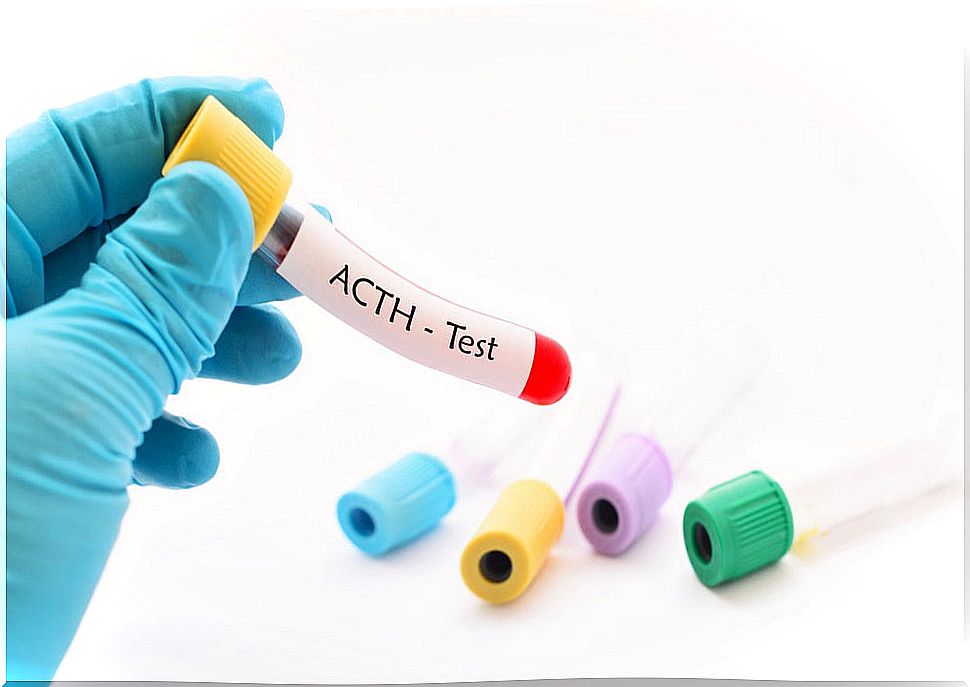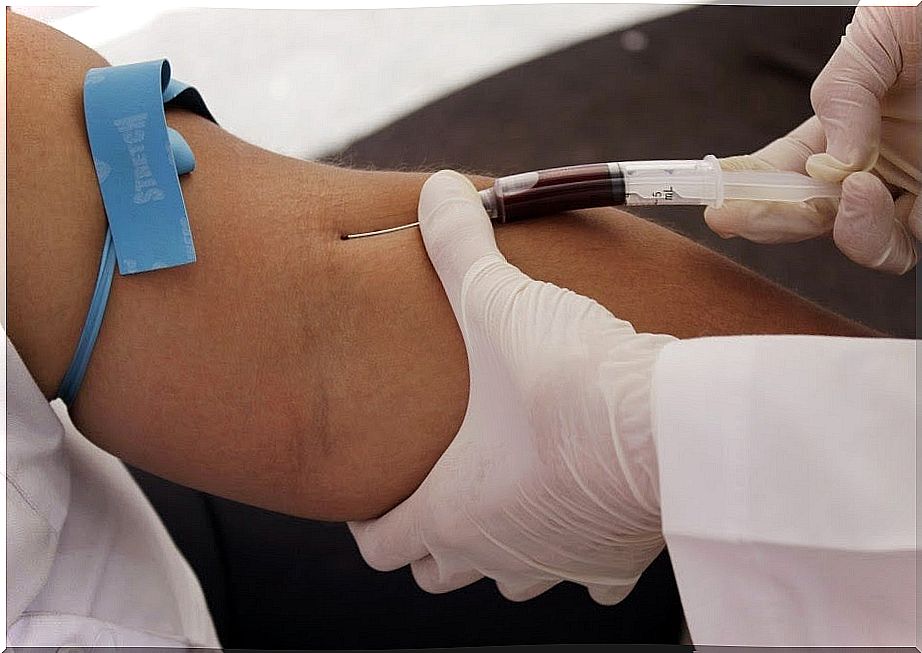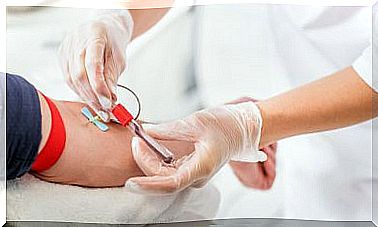Cushing’s Syndrome
Cushing’s syndrome is a hormonal disorder in which there is an increase in cortisol. It may be due to an excess of its production in the adrenal glands, or by the administration of corticosteroids.
The adrenal glands
The adrenal glands are two glands located above the kidneys, with a pyramidal shape on the right and a crescent on the left. Two different parts can be distinguished in them: the cortex and the medulla. Each of these parts is responsible for the production of different hormones:
- First , mainly mineralocorticoids (aldosterone) and glucocorticoids (cortisol) are produced in the adrenal cortex. In addition, sex hormones are also synthesized, both estrogens and androgens.
- Also, the adrenal medulla produces catecholamines (adrenaline and norepinephrine).
Cortisol: the stress hormone
Cortisol is a steroid hormone, synthesized from circulating cholesterol. The adrenal glands release cortisol into the bloodstream in response to the action of pituitary ACTH (adrenocorticotropic hormone).
ACTH is released in the anterior pituitary in response to the action of CRH (corticotropin-releasing hormone). CRH is released in the hypothalamus in response to:
- First, stress. In response to a threat (real or imagined), it prepares the organism to fight or flee. It is the most basic and primary response, which has allowed survival and overcoming obstacles.
- Also due to low levels of cortisol in the blood. Based on the hypothalamic – pituitary – adrenal axis, according to its regulatory mechanism.
- Also by circadian rhythms. Glucocorticoid secretion is highest in the early morning and lowest at midnight. It is possible thanks to the hypothalamic suprachiasmatic nucleus, which receives information on the amount of light that is coming from the retina.
Also, this axis is regulated by a negative feedback mechanism. Thus, optimal, or even high, levels of cortisol in the blood inhibit the release of CRH and ACTH. The result is:
- Metabolization of fats and proteins to obtain energy.
- Increase in blood sugar levels.
- Water and electrolyte homeostasis.
- Suppression of the immune system.
Hypercorticism or Cushing’s syndrome
It is due to an excess of glucocorticoids in the blood, either due to axis dysfunction, or due to the administration of exogenous corticosteroids.
Thus, this syndrome can be classified as: endogenous or exogenous. The endogenous can be dependent or independent of the ATCH; while the exogenous is of a pharmacological order.
ACTH-independent endogenous Cushing syndrome

In these cases, the excess glucocorticoids is usually due to a tumor (adenoma or carinoma) of the adrenal glands. The increase in corticosteroids in the blood inhibits, due to the mechanism that regulates the axis, the release of ACTH.
Therefore, this decrease in ACTH does not cause a decrease in cortisol release. Therefore, in these cases, what can be observed in an analysis is:
- An increase in the concentration of cortisol in the blood.
- A decrease in ACTH in the blood.
ACTH-dependent endogenous Cushing syndrome
In these cases, the excess glucocorticoids is due to an excess of ACTH. It is usually due to the existence of an ACTH-producing tumor. In most cases, the tumor is a microadenoma located in the pituitary. However, cases of ectopic ACTH-secreting tumors have been described. In these cases, what can be observed in an analysis is:
- An increase in the concentration of ACTH in the blood.
- An increase in the concentration of cortisol in the blood.
Exogenous Cushing syndrome

This is the case for some people treated with corticosteroids. The administration of these drugs increases the concentration of corticosteroids in the blood.
In turn, this completely inhibits the hypothalamic-pituitary-adrenal axis. This is why you should never suddenly withdraw a corticosteroid treatment.
Inhibition of the axis can lead to adrenal insufficiency. Exogenous administration of corticosteroids is by far the most common cause of Cushing’s syndrome.
Clinical manifestations
- Osteoporosis.
- Arterial hypertension, is due to the mineralocorticoid function of cortisol.
- Skin hyperpigmentation and virilization in women in ACTH-dependent conditions.
- Muscle weakness in the extremities, due to increased protein metabolism due to excess cortisol.
- Fat redistribution. This disappears from the extremities and accumulates in the trunk, face and neck. That is why this syndrome receives names such as: “full moon face” and “buffalo neck.”
- Appearance of red and purple streaks on the abdomen and extremities, as a consequence of the involvement of collagen fibers, due to increased protein catabolism. This is because cortisol increases gluconeogenesis.
- Various mental disorders
- Depression.
- Insomnia.
- Irritability.
- Emotional lability.
- Among others.
Diagnosis

Through the review of the clinical history, exhaustive examination of the patient and the results obtained from the requested tests, it can be determined whether or not a person has Cushing’s syndrome. What do these analytics consist of? In the following:
- Plasma cortisol and ACTH concentration. It is performed by analyzing a blood sample in the morning and in the afternoon, coinciding with the circadian rhythms.
- ACTH stimulation. An ACTH analog is administered and the cortisol level is determined. In this way, it can be determined whether the increase in cortisol is dependent or not on the ACTH concentration.
- Administration of dexamethasone. In case of a correct functioning, the axis should be suppressed, decreasing the hormonal levels.
- Imaging tests. With them, the existence of a tumor, its extension, location, among others, can be determined.
Treatment
Treatment will depend on the cause of the syndrome. If the origin is pharmacological, the treatment should be withdrawn. It should never be done suddenly, but a descending pattern should be established to avoid adrenal insufficiency.
On the other hand, if the origin is due to the existence of a tumor, the treatment will be surgical.
Now you know something more about Cushing’s syndrome. However, this information is not a substitute for a medical consultation. Therefore, we recommend going to a professional who evaluates each case individually.









